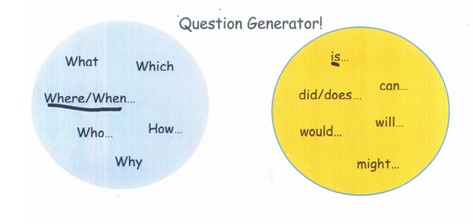Artefacts/Objects
Some historians use the term ‘artefacts’ to mean anything from the past, others use artefacts to mean objects so for clarification I will use the term objects here. Encourage your children to respect whatever objects they are handling; they should be taught to handle all objects as if they were precious to minimise breakages. Even 3- and 4-year-olds can learn to handle objects carefully. Try to use ‘then’ and ‘now’ rather than old and new as this is more accurate. You are aiming to:
- Help your pupils understand how object was used.
- Be involved with object, observing, and exploring it carefully.
- Enjoy the exploration of an unknown object, using as many of their senses as is appropriate.
You will need to talk to the other staff in your school to ensure you are not all using the same activities and approaches, to ensure there is some progression in the expectations of what the children can learn through and from exploring objects.
I would suggest you start by teaching the children how to look carefully. Use an artefact with some detail on it and examine it with children seated in a circle. You could then pass it round asking the children to make observations, but not every child will want or be capable of making an observation so this should be acceptable. The teacher should be modelling and then expanding on the children’s comments, using the opportunity to develop and use rich vocabulary in context e.g. smooth, heavy, cold. This is not a memory game so repeated observations are acceptable too. Encourage the children to ask questions and speculate e.g. What is it? How was it used? Why is it dented? Who used it? Which room might it have been in? You could encourage the children to refer to a question stem prompts such as the one below.

If you are questioning the children or with older children you may want to focus on these 5 main areas:
Physical features – what is it made of? What does it look/feel/sound/smell like? How is it decorated? Why is it decorated?
Function – What was it used for? Who might have used it? Has its use changed? Is it well designed? Is it efficient? Were the best materials chosen?
Construction – what is made from? How was it made? Handmade or machine? Has it been damaged, repaired or altered? Has it been glued/glazed/soldered?
Design – Do we use a similar design today (e.g., irons) or has it changed a lot?
Value – What is it worth? Is it valuable to the person who owned it? To you? To a bank?
I would suggest starting with using some of these questions as discussion points and supporting and modelling answers. With older or more experienced children they may be able to do this as an independent activity. Pupils with the reading skills could have a printed-out sheet to support their discussions.
Some other activities could include:
- True or False? – the pupils write 2 true and 2 false statements about their object and swap with another group
- Jigsaw artefacts – each group has a different artefact that they become the experts on. The group then reform with one person from each of the original groups and they ‘teach’ the others about their artefact.
- Suitcase activity – have an old suitcase containing objects related to one person and the children decide what they know, and what they can guess about the person based on the objects shown.
- Draw the object – requires child to look in more detail
- Write a description for a museum label – need to clear and precise
- Sort adjectives into appropriate / not appropriate
- Write a description without naming the object – can children recognise which object?
Some teachers struggle to find objects to use – check with your local museums, libraries and any local companies for loan box schemes. It is also worth asking the parents and friends of your school for donations it can be amazing what people have in their cupboards and attics – especially for World War I and 2 and even Victorians themes. These objects can be really useful for within living memory units of work and with Early Years to develop appropriate vocabulary.

